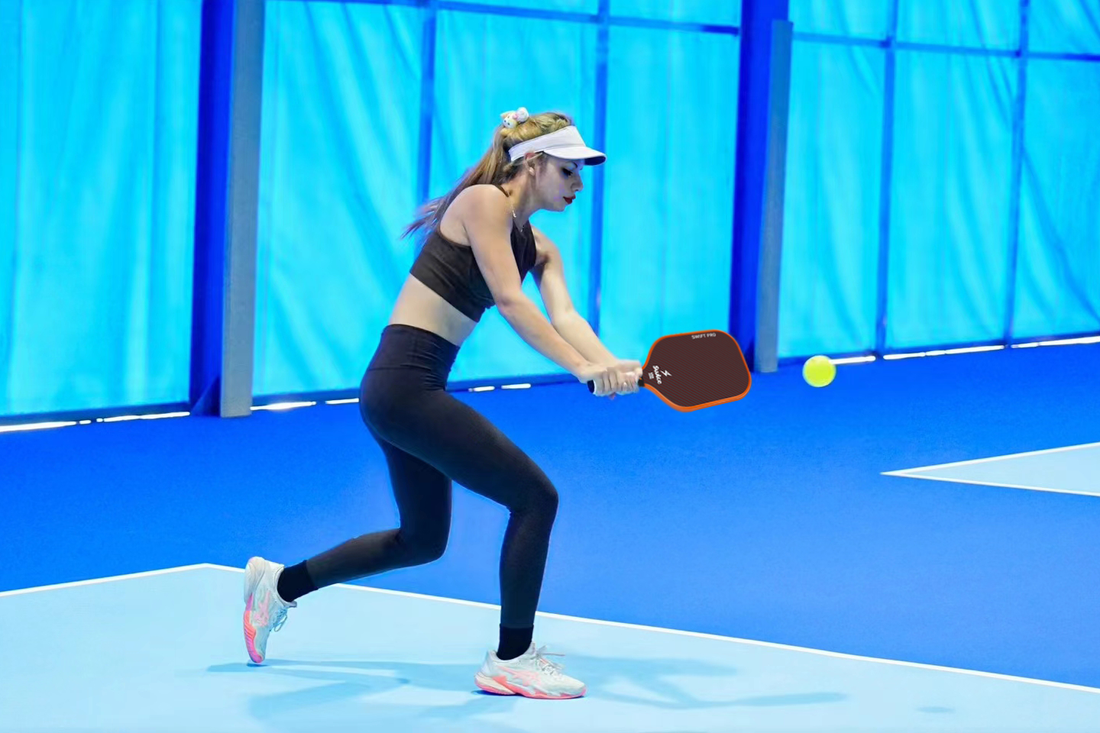When and How to Approach the Net in Singles Pickleball
In singles pickleball, dominating the net can often mean dominating the game. Approaching the net strategically is one of the most critical skills you can develop. Timing, technique, and awareness all play a role in making your transition effective and putting you in control of the point. Let’s break it down.
When to Approach the Net
-
After a Strong Serve or Return If you’ve hit a deep serve or return that forces your opponent back or puts them off balance, that’s your green light. The further your opponent is from the baseline, the less time they have to execute a passing shot.
-
When Your Opponent Hits a Weak Shot Look for opportunities when your opponent’s shot lands short or lacks pace. A high, floating ball is your chance to step in, take control, and close the gap to the net.
-
On Your Own Drop Shot A well-placed drop shot can force your opponent to move forward while giving you time to follow it up. Once you hit the drop, start moving in. By the time your opponent reaches the ball, you’ll already be pressuring their next move.
-
During a Long Rally If your opponent is consistently hitting defensive shots, consider transitioning to the net. The key is to choose a moment when their shot doesn’t have much spin or speed, making it easier for you to cut it off.
How to Approach the Net
-
Hit an Intentional Shot First Don’t rush in blindly. Set up your approach with a purposeful shot—a deep return, a precise drop shot, or a sharp drive. This shot should give you enough time to move in without leaving you vulnerable.
-
Stay Low and Balanced Keep your body in a low, athletic stance as you approach the net. This helps with stability and prepares you for quick reactions. Avoid standing upright or overextending your stride.
-
Move Diagonally As you close in, aim to cut off angles by moving diagonally toward the center of the court. This position minimizes open space and makes it harder for your opponent to pass you.
-
Keep Your Paddle Up Always approach with your paddle in the ready position, slightly out in front of your body. This allows you to react quickly to volleys, dinks, or passing attempts.
-
Split-Step Before Contact When your opponent is about to hit their shot, take a split-step. This small hop puts you in a balanced and ready position to adjust your movement based on where they aim.
-
Anticipate and Cover Angles As you get closer to the net, be mindful of your opponent’s options. Cover the most likely passing lanes, but stay ready to pivot if they try to outsmart you.
Common Mistakes to Avoid
-
Rushing Without a Plan Charging the net without setting up the point often results in poor positioning and easy passing shots for your opponent.
-
Overcommitting If you move too far forward, you leave yourself vulnerable to lobs. Keep your positioning balanced to cover both passing shots and lobs effectively.
-
Not Reading Your Opponent’s Body Language Pay attention to your opponent’s preparation and swing. Are they going for a drive, a lob, or a dink? Anticipating their shot can give you the edge at the net.
Final Thoughts
Approaching the net in singles pickleball is a calculated move that can turn the tide of a match. By choosing the right moments and executing your approach with proper technique, you’ll not only pressure your opponent but also set yourself up to dominate the point. Practice these principles, and soon you’ll find yourself winning more points and controlling the pace of the game from the net.
So, the next time you’re on the court, remember: timing and preparation are everything. Approach with purpose, stay balanced, and own the net!




